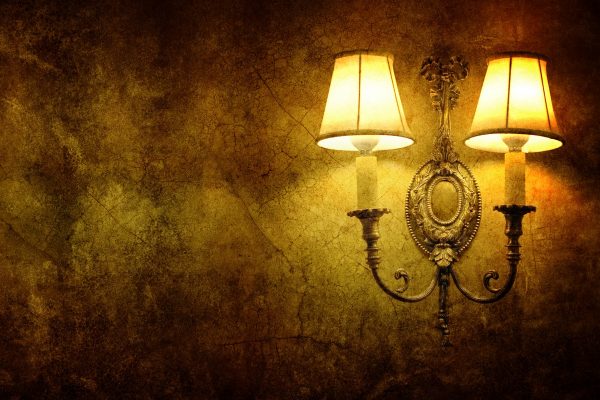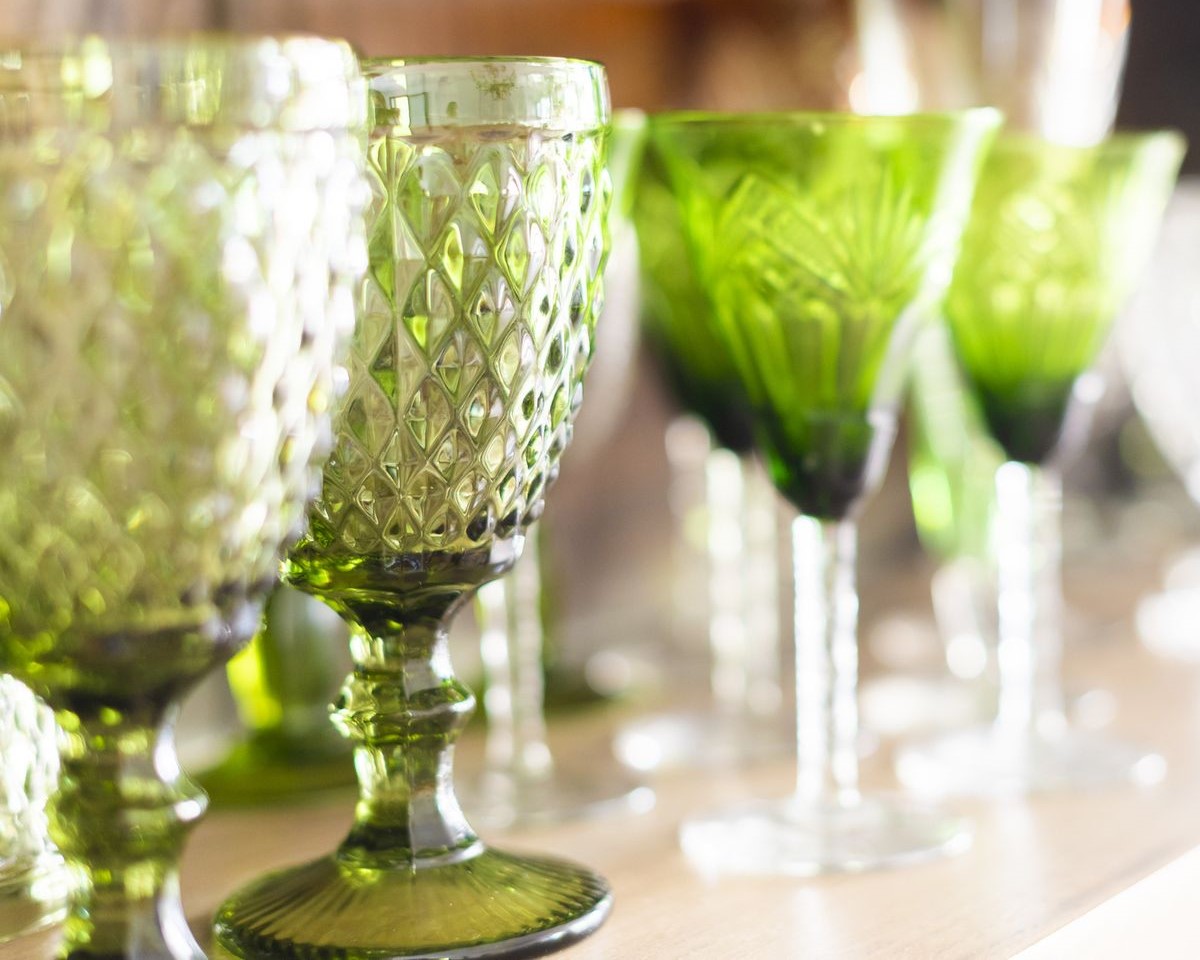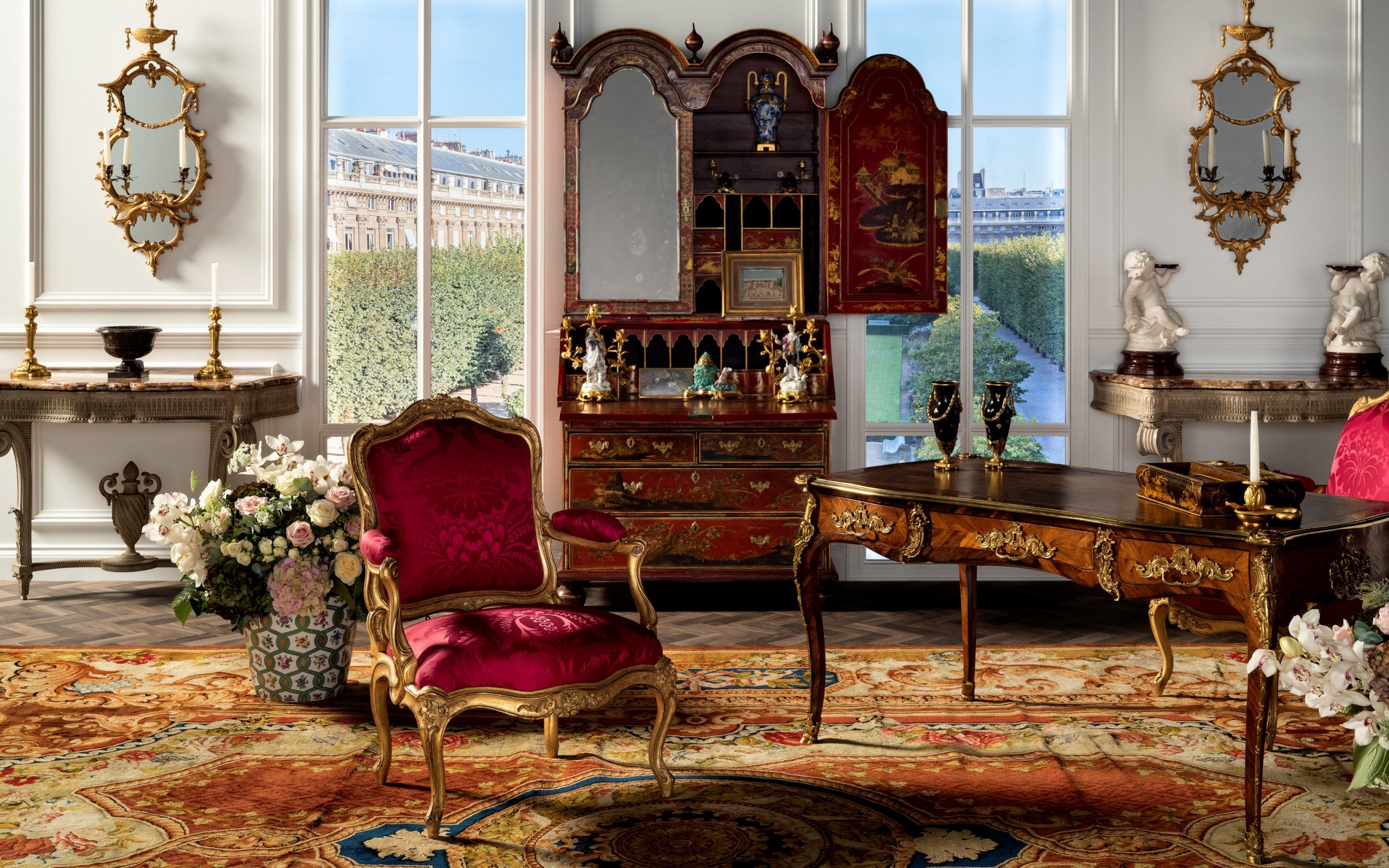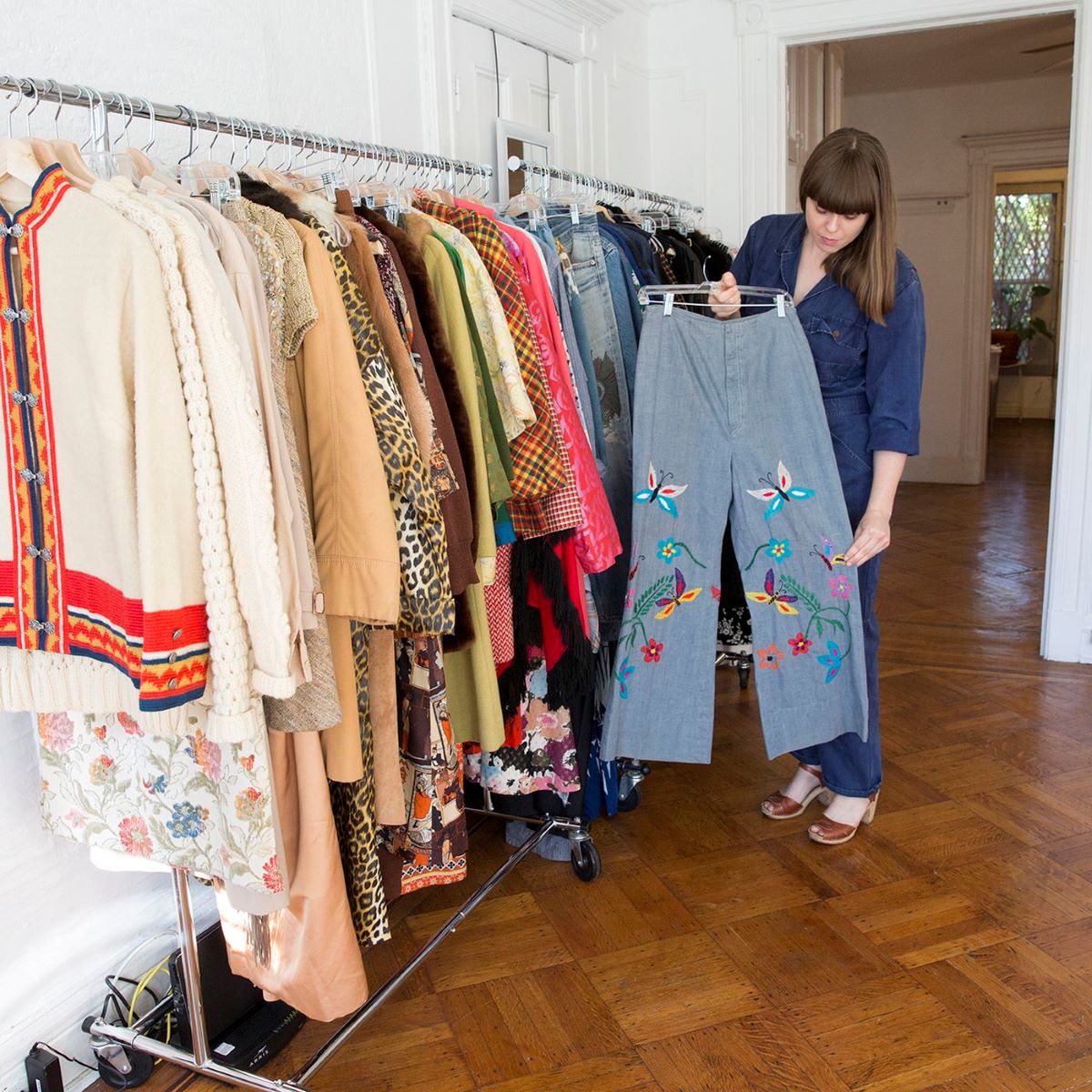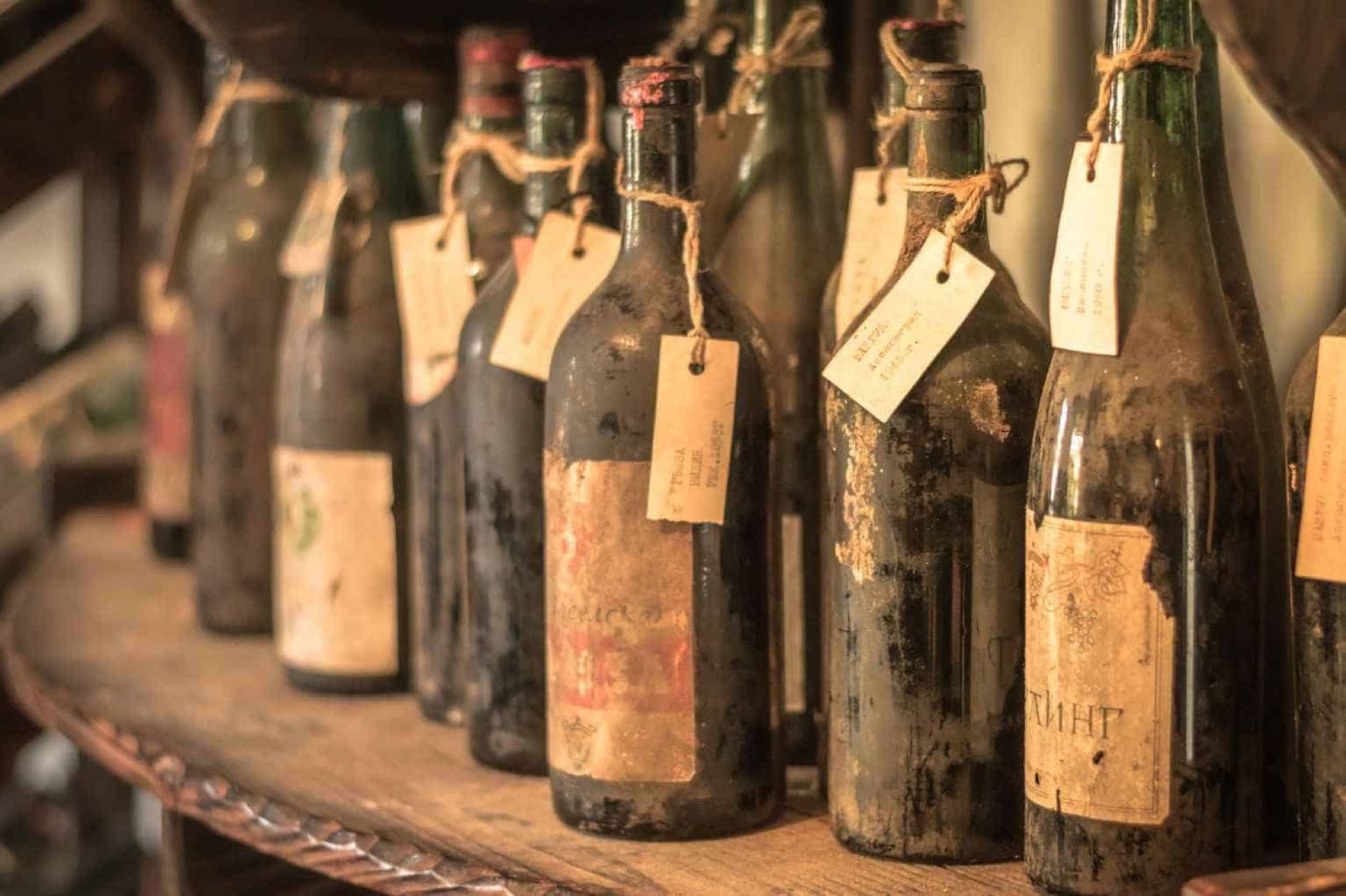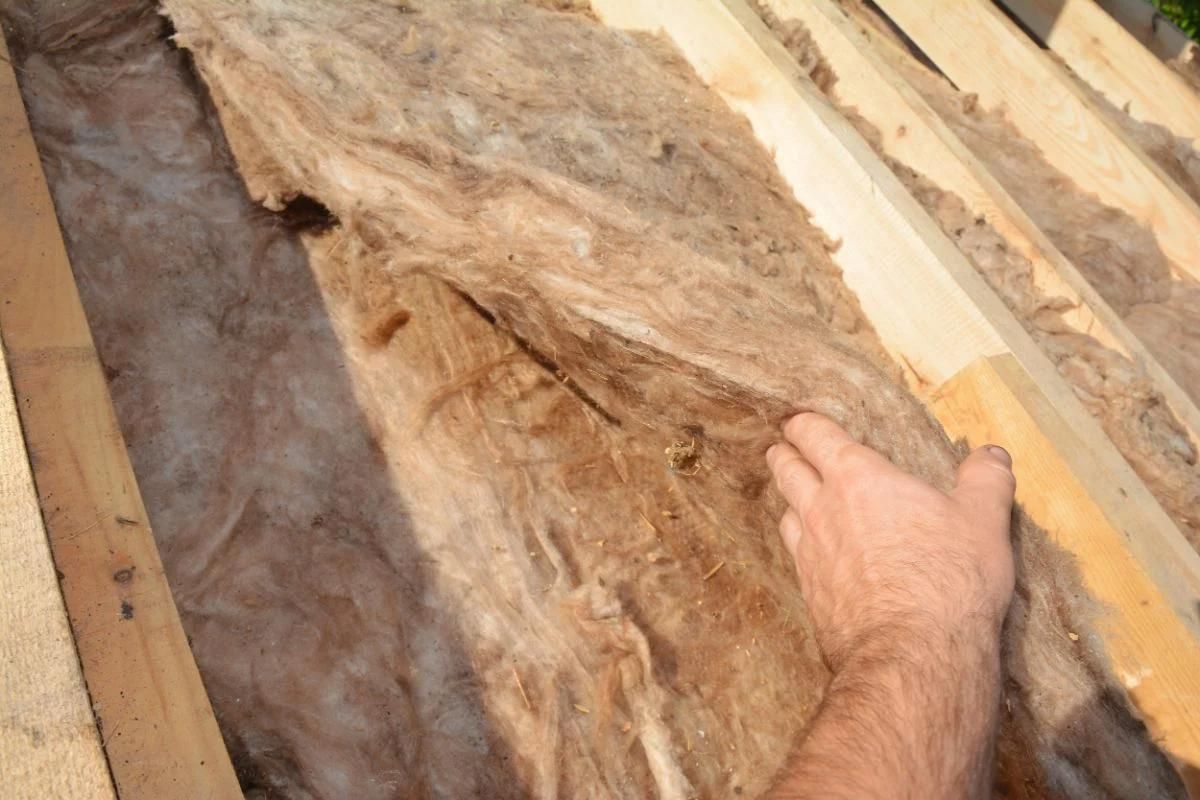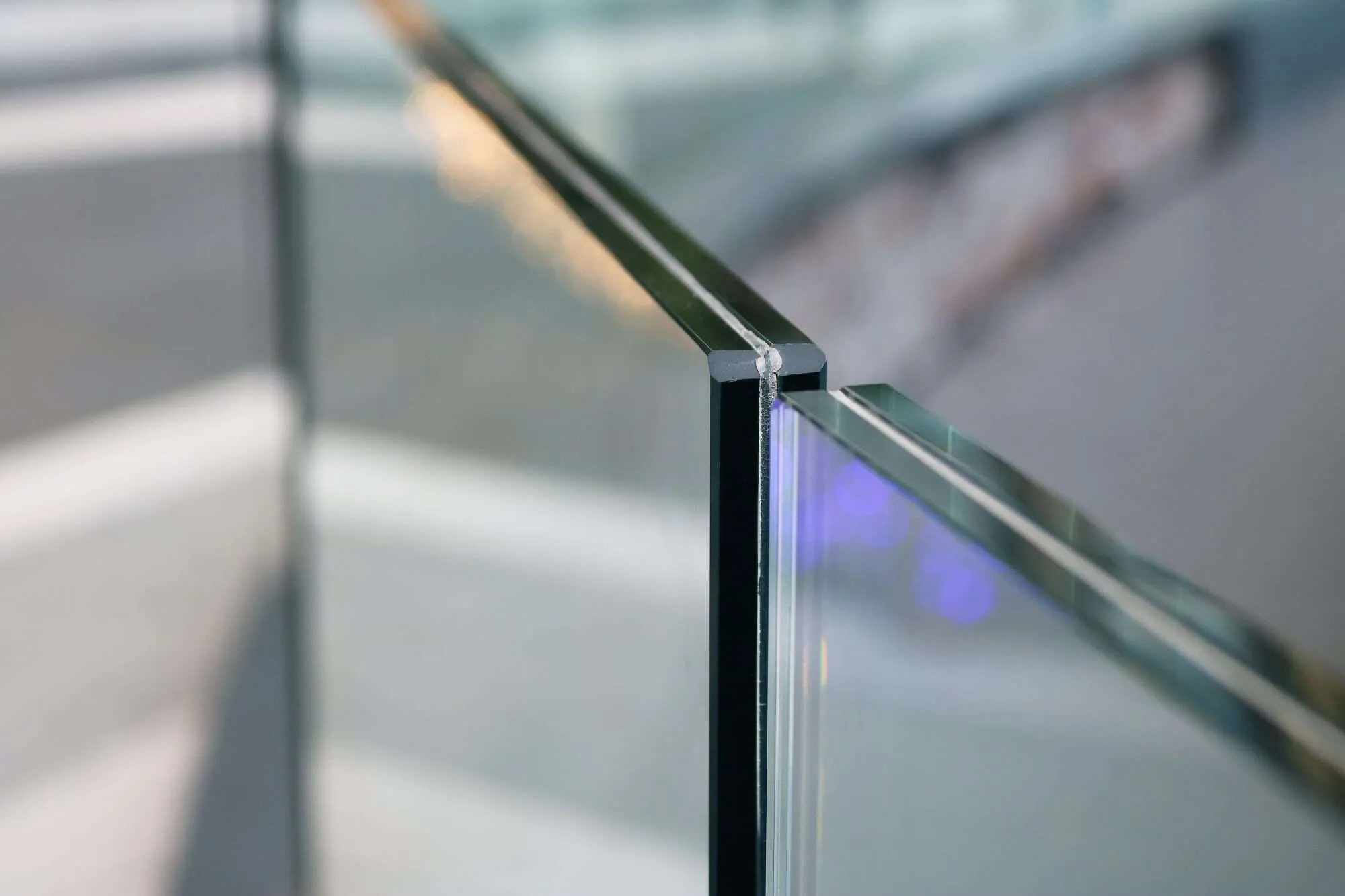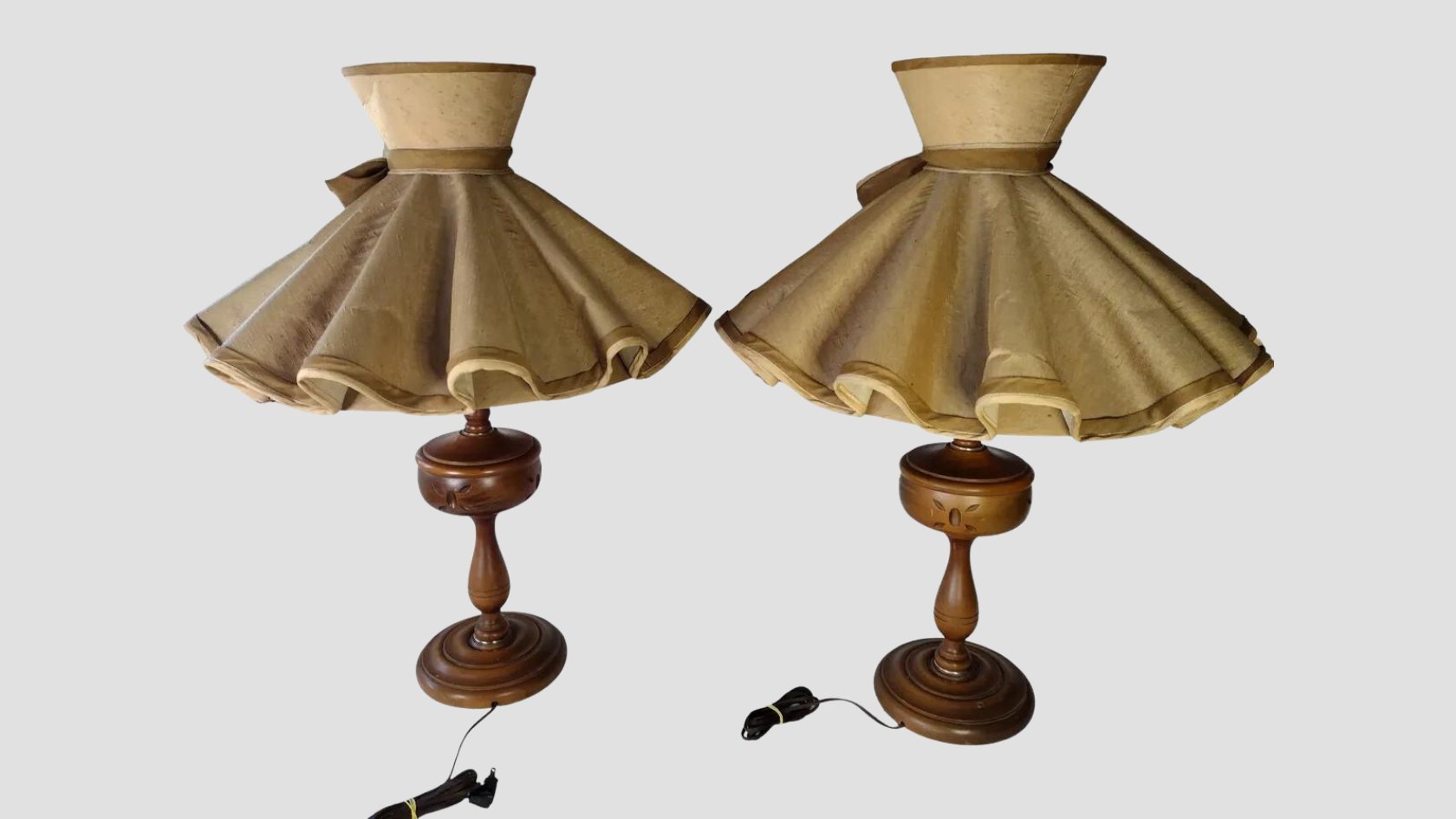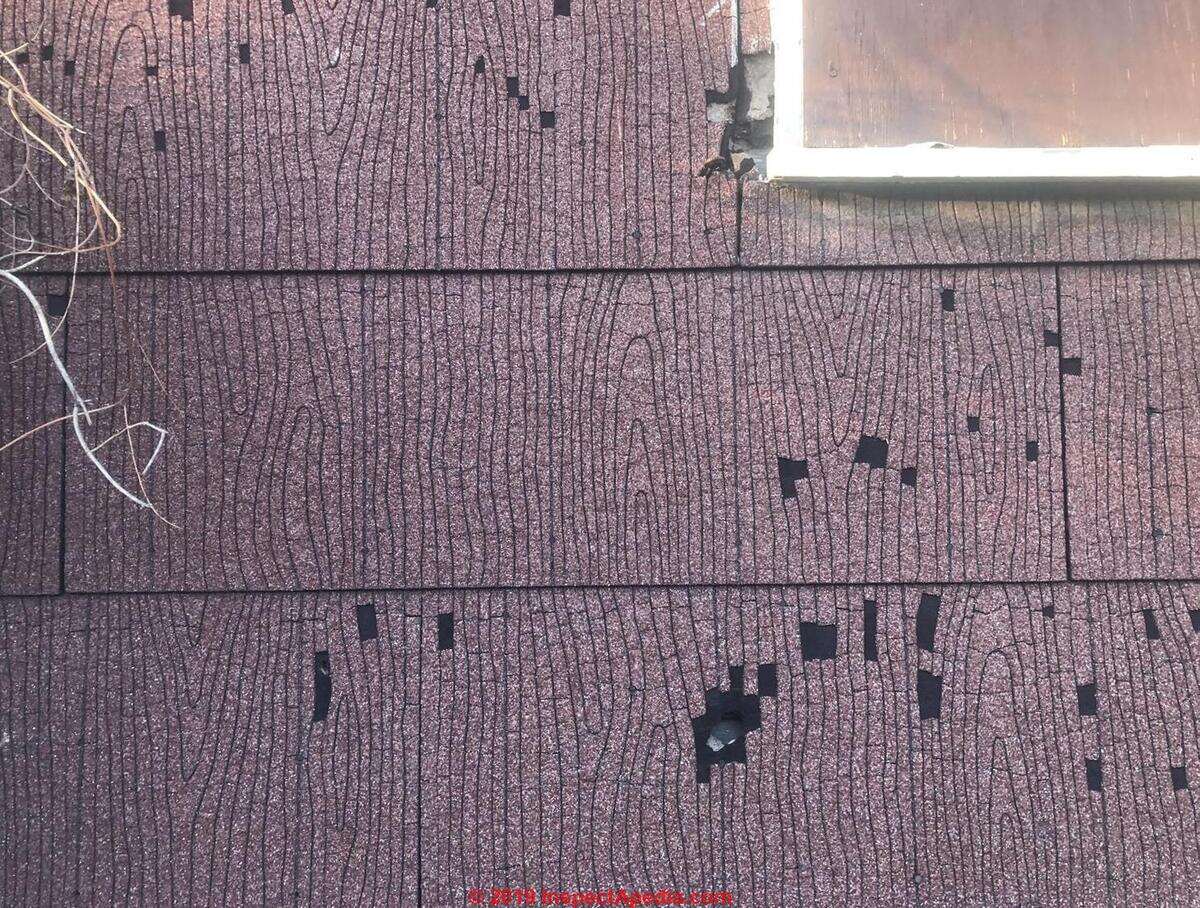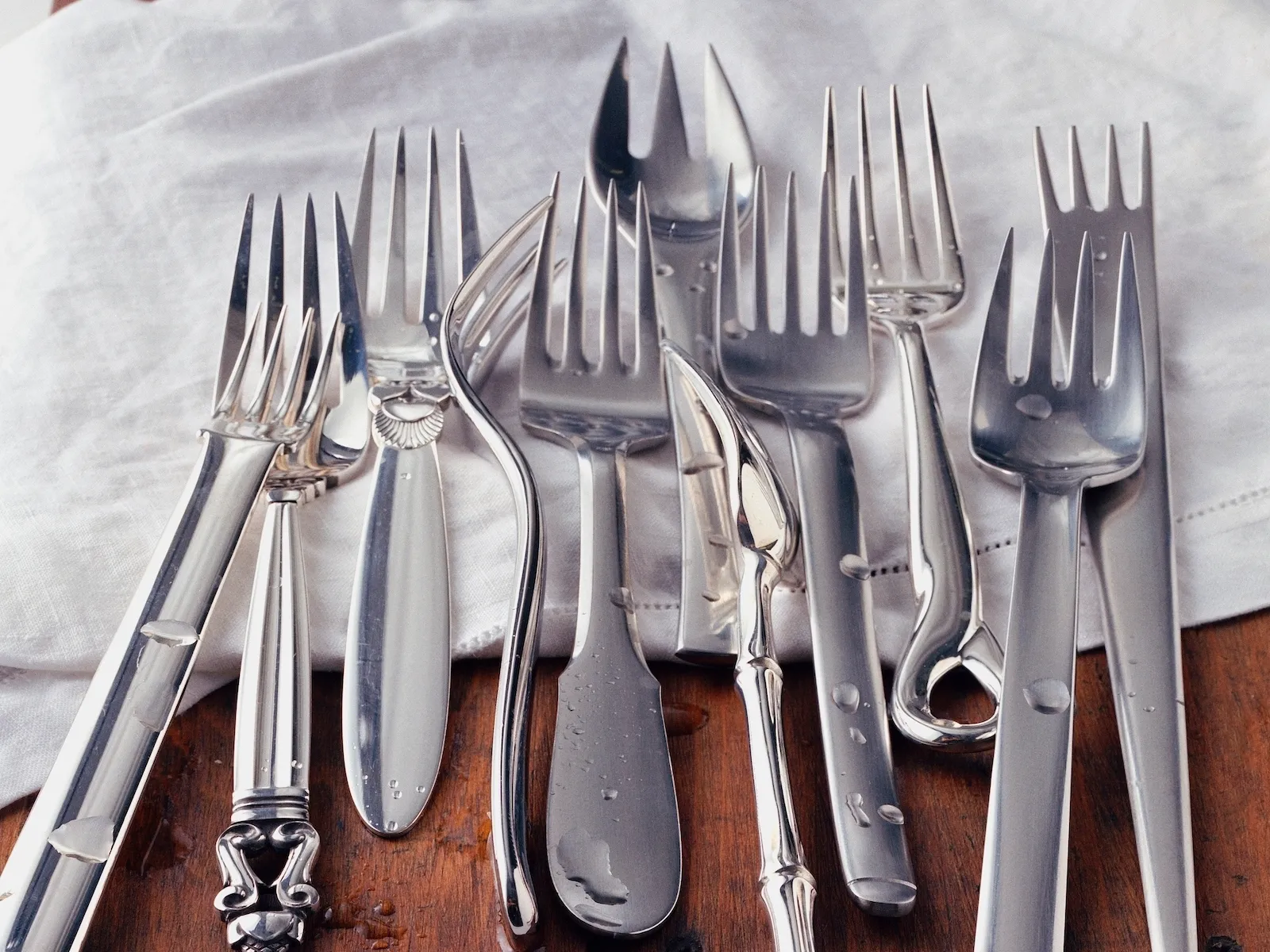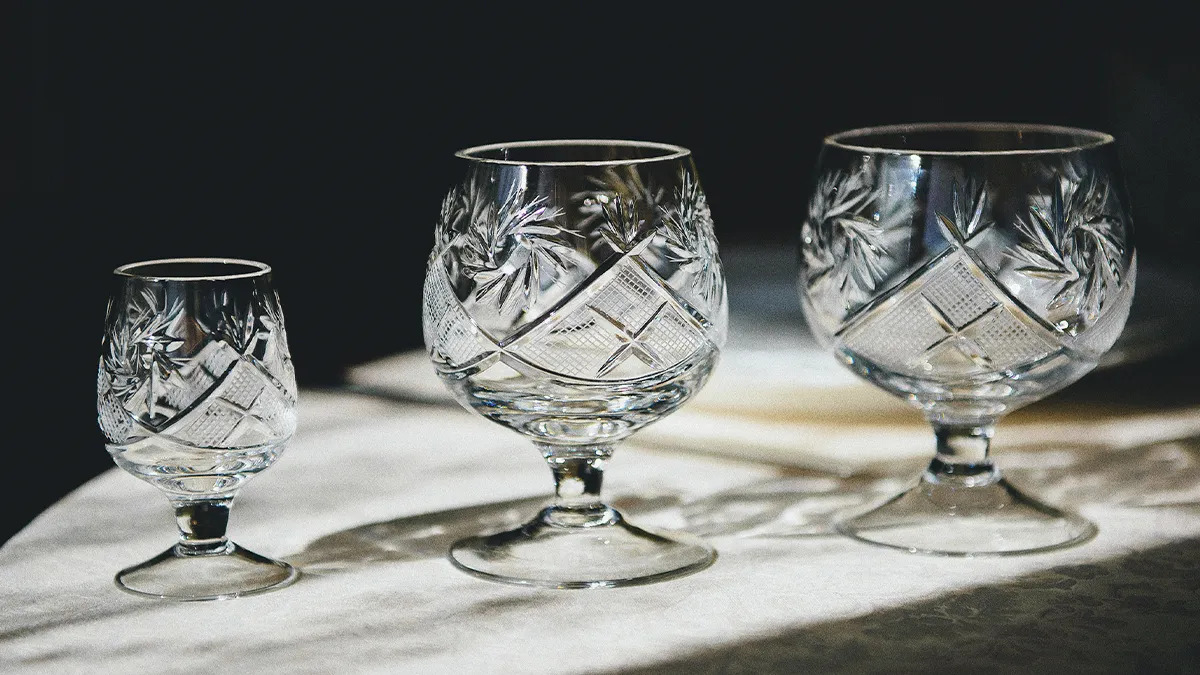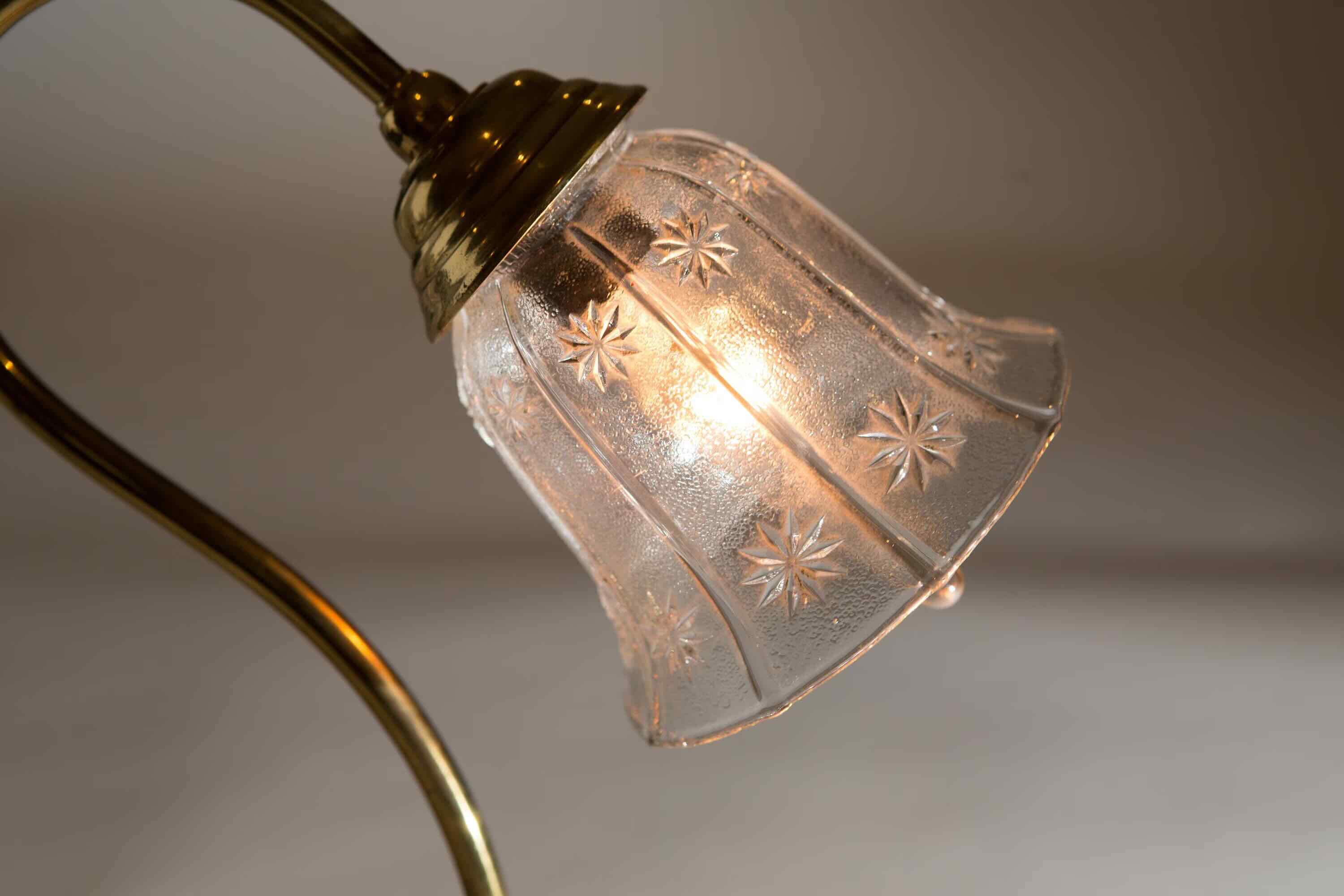

Furniture
How To Tell If A Lamp Is Vintage
Modified: August 20, 2024
Discover if a lamp is vintage with our helpful guide. Learn valuable tips for identifying furniture that is truly antique.
(Many of the links in this article redirect to a specific reviewed product. Your purchase of these products through affiliate links helps to generate commission for Storables.com, at no extra cost. Learn more)
Introduction
When it comes to decorating our homes, furniture plays a crucial role in creating a comfortable and inviting space. And among the various pieces of furniture, lamps have a special charm. Not only do they provide functional light, but they also add a touch of style to any room.
If you’re someone who appreciates the beauty of vintage items and has a fascination for the past, then vintage lamps might be just what you’re looking for. Vintage lamps have a timeless appeal, often showcasing intricate designs, high-quality craftsmanship, and a sense of history. However, finding genuine vintage lamps can be a challenge, as there are many replicas and reproductions on the market.
In this article, we will explore how to differentiate between a genuine vintage lamp and a modern reproduction. By understanding the key characteristics and features to look for, you can make informed decisions when purchasing vintage lamps and add a unique touch to your home decor.
Key Takeaways:
- Vintage lamps can be identified by examining the base, shade, wiring, materials, and manufacturer markings. Understanding these key characteristics helps in differentiating genuine vintage pieces from modern reproductions.
- Consulting experts or appraisers specializing in vintage lamps can provide valuable insights and assessments, aiding in determining the authenticity, age, and potential value of a vintage lamp. Their expertise can offer peace of mind when purchasing or valuing vintage lamps.
Read more: How To Tell If It’s A Tiffany Lamp
Understanding Vintage Lamps
Vintage lamps refer to lamps that were produced in the past and are considered collectibles today. These lamps generally date back to the early 20th century through the mid-century modern era of the 1950s and 1960s. They are cherished for their craftsmanship, design, and historical value.
One of the key factors in determining if a lamp is vintage is its age. The older the lamp, the more likely it is to be considered vintage. While antique lamps are typically over 100 years old, vintage lamps are generally between 20 and 100 years old. It’s important to note that vintage lamps can be found in a variety of styles, including Tiffany, Art Deco, Mid-Century Modern, and more.
When examining a lamp, there are several aspects to consider to help determine its age and authenticity. These include the lamp base, the lampshade, the wiring, the materials used, the manufacturer or brand, and consulting with experts or appraisers.
Taking the time to understand the characteristics of vintage lamps will allow you to make informed decisions and avoid purchasing replicas or reproductions. Let’s delve into each aspect in more detail.
Examining the Lamp Base
One of the first things to examine when determining the authenticity of a vintage lamp is the lamp base. The base can provide valuable clues about its age and origin.
Start by looking at the material of the lamp base. Vintage lamps often feature bases made of high-quality materials such as bronze, brass, marble, or porcelain. These materials were commonly used in the early to mid-20th century and are less commonly found in modern reproductions.
Next, examine the design and craftsmanship of the lamp base. Vintage lamps often showcase intricate details and unique designs that reflect the styles of the time they were produced. Look for hand-carved or handcrafted elements, as these indicate a higher level of craftsmanship that is often associated with vintage pieces.
Another important aspect to consider is the condition of the lamp base. Vintage lamps may show signs of wear and patina, which can be an indication of their age. However, it’s important to note that some antique and vintage lamps have been restored or refurbished, so pristine condition does not necessarily mean it is a reproduction.
It’s also helpful to research specific lamp designs and styles that were popular during the era in which the lamp is believed to be from. This will give you a better understanding of the typical characteristics to look for in vintage lamps of that time period.
By thoroughly examining the lamp base and considering its material, design, craftsmanship, and condition, you can gain valuable insights into the authenticity and age of a vintage lamp.
Analyzing the Lampshade
When evaluating the authenticity of a vintage lamp, the lampshade is another important component to consider. The lampshade can provide valuable clues about the lamp’s age, style, and craftsmanship.
Start by examining the material of the lampshade. Vintage lampshades were commonly made from materials such as silk, linen, parchment, mica, or stained glass. These materials were popular during different eras and can help pinpoint the lamp’s age. For example, silk and linen shades were popular in the early 20th century, while mica shades gained popularity in the mid-century modern era.
Consider the design and pattern of the lampshade. Vintage lampshades often feature intricate patterns, decorative elements, and unique shapes that are representative of the time period in which they were produced. Look for details such as Art Deco motifs, floral patterns, or geometric shapes that were prevalent during specific design movements.
Take note of any signs of age or wear on the lampshade. Antique and vintage lampshades may show signs of discoloration, fading, or small tears. These imperfections can add to the authenticity and charm of a vintage lamp and indicate that it has not been replaced with a modern reproduction shade.
It’s also helpful to research the popular lampshade styles and designs during the era in which the lamp is believed to be from. This will give you a better understanding of the typical lampshade characteristics of that time period.
By carefully analyzing the material, design, and condition of the lampshade, you can gather important information that will help you determine the authenticity and age of a vintage lamp.
Inspecting the Wiring
When examining a vintage lamp, it’s crucial to inspect the wiring to ensure it is safe and in compliance with modern electrical standards. Faulty wiring can pose a fire hazard and may need to be replaced or repaired.
Start by examining the electrical cord. Vintage lamps typically have cloth-covered cords, while modern lamps generally feature plastic or rubber-coated cords. The condition of the cord is essential; look for any fraying, exposed wires, or signs of damage. If the cord appears to be in poor condition, it may need to be replaced for safety reasons.
Next, examine the plugs and sockets. Vintage lamps often have different plug designs than modern lamps. Look for plugs with two prongs or round, polarized plugs. It’s important to ensure a secure and proper connection between the plug and socket to avoid any electrical hazards.
Check the switch mechanism. Vintage lamps may have different switch designs, such as pull switches or turn switches, depending on the era in which they were manufactured. Ensure that the switch functions properly and does not have any loose or damaged components.
If you are unsure about the safety of the wiring, it is recommended to have a professional electrician inspect and potentially replace the wiring to bring it up to modern standards. This will not only ensure the safety of the lamp but also provide peace of mind when using it.
Remember that the wiring of a vintage lamp can impact both its functionality and safety. It’s important to prioritize safety when examining the wiring of any vintage lamp before using it in your home.
Look for signs of aging such as patina on the metal, wear on the base, and discoloration of the shade. Check for any manufacturer’s markings or labels to help determine its age.
Read more: How To Tell If Salt Lamp Is Real
Investigating the Materials Used
When determining the authenticity of a vintage lamp, investigating the materials used in its construction is a crucial step. The choice of materials can provide valuable insights into the lamp’s age and craftsmanship.
Start by examining the lamp’s base and body. Vintage lamps are often made from high-quality materials such as brass, bronze, marble, wood, or porcelain. These materials were commonly used during different time periods and reflect the styles and trends of the era. For example, brass and bronze were popular in the early 20th century, while sleek metals like chrome became popular in the mid-century modern era.
Look for any signs of patina or wear on the materials. Vintage lamps may exhibit signs of aging, such as tarnishing or natural aging of the materials. These signs can add to the authenticity and charm of the lamp and indicate that it is not a modern reproduction.
Pay attention to the detailing and craftsmanship of the materials. Vintage lamps often feature intricate designs, decorative elements, or handcrafted motifs. Look for indications of hand-carving, embossing, or engraving, as these are signs of skilled craftsmanship typically associated with vintage pieces.
Consider any additional materials used in the lamp, such as glass or fabric accents. Vintage lamps may feature stained glass shades or fabric embellishments. These materials can be indicative of a specific time period or design style.
It’s also beneficial to research the popular materials used during the era in which the lamp is believed to be from. This will provide a better understanding of the typical materials and designs used in vintage lamps of that time.
By thoroughly investigating the materials used in a vintage lamp and considering their quality, condition, and craftsmanship, you can gain valuable insights into its authenticity and age.
Researching the Manufacturer or Brand
Researching the manufacturer or brand of a vintage lamp is an essential step in determining its authenticity and value. Understanding the history and reputation of the company behind the lamp can provide valuable insights into its age, craftsmanship, and collectibility.
Start by examining any visible markings or labels on the lamp. Look for engravings, stamps, or logos that indicate the manufacturer or brand. These markings are often found on the base, socket, or underside of the lamp.
If you find a manufacturer’s mark, conduct thorough research to gather information about the company. Look for historical records, catalogs, or online resources that provide details about the manufacturer’s history, production dates, and specific lamp styles they produced.
Consider the reputation and significance of the manufacturer or brand within the vintage lamp industry. Some manufacturers, such as Tiffany Studios or Stiffel, are highly regarded and sought after by collectors. Understanding the value and desirability associated with certain brands can help assess the authenticity and potential worth of a vintage lamp.
It’s important to note that not all vintage lamps will have identifiable manufacturer’s marks. In such cases, researching the style, design, and materials used in the lamp can provide clues about the era and potential manufacturers associated with similar lamps.
Consulting books, articles, or online forums dedicated to vintage lamps can also be a valuable resource for identifying and researching manufacturers. Collectors and enthusiasts often share their knowledge, experiences, and insights, which can assist in narrowing down the potential manufacturers or brands of a vintage lamp.
By thoroughly researching the manufacturer or brand associated with a vintage lamp, you can uncover valuable information about its authenticity, age, craftsmanship, and potential value.
Consulting Experts or Appraisers
When it comes to determining the authenticity and value of a vintage lamp, sometimes the best course of action is to consult experts or professional appraisers. These individuals have extensive knowledge and experience in the field of vintage lamps and can provide valuable insights and assessments.
Experts and appraisers specializing in vintage lamps are well-versed in identifying key characteristics, styles, and markings that can help authenticate a lamp. They have access to resources, such as historical records, catalogs, and industry databases, that can aid in determining the age, manufacturer, and potential value of a vintage lamp.
When seeking the assistance of an expert or appraiser, it’s important to choose someone who is reputable and knowledgeable in the field. Look for professionals who have a track record of dealing with vintage lamps and who have positive reviews or recommendations from previous clients.
During a consultation or appraisal, provide the expert with detailed information and clear photographs of the lamp. Include any markings, labels, or distinctive features that may help in the identification and assessment process.
The expert or appraiser will evaluate various aspects of the lamp, including its design, materials, craftsmanship, age, and potential rarity. They may also consider factors such as the condition of the lamp and its historical or cultural significance.
Keep in mind that consulting experts or appraisers may come at a cost. However, their expertise and professional opinion can provide you with valuable information and peace of mind when it comes to purchasing, valuing, or selling a vintage lamp.
Remember that vintage lamps can vary greatly in terms of value, so it’s important to have a realistic expectation of what your lamp may be worth. The appraiser’s assessment can serve as a guide, but ultimately, the value of a vintage lamp is subjective and can vary depending on factors such as demand, condition, and market trends.
Consulting experts or appraisers can be a wise investment, especially if you are new to the world of vintage lamps or if you possess a lamp that you believe holds significant value or historical importance.
Conclusion
Investigating and determining the authenticity of a vintage lamp is a fascinating process that allows you to uncover the rich history and craftsmanship behind these unique pieces. By understanding the key characteristics and features to look for, you can confidently identify genuine vintage lamps and avoid purchasing modern reproductions.
When examining a vintage lamp, be sure to pay close attention to the lamp base, lampshade, wiring, materials used, and any manufacturer or brand markings. Each of these aspects provides valuable clues about the lamp’s age, style, craftsmanship, and potential value.
Thoroughly examining the lamp base can reveal insights into the materials used and the level of craftsmanship. Analyzing the lampshade can provide information about the era and design style of the lamp. Inspecting the wiring ensures the safety and functionality of the vintage lamp. Investigating the materials used offers valuable insights into the lamp’s quality and authenticity. And researching the manufacturer or brand provides context and historical information about the lamp’s production.
If you still have uncertainties about the authenticity of a vintage lamp, consider consulting experts or appraisers who specialize in vintage lamps. Their expertise and knowledge can provide you with a professional assessment and valuable insights into the lamp’s origins, value, and historical significance.
Remember, the joy of owning a vintage lamp goes beyond its age or value. Vintage lamps exude character, charm, and a tangible connection to the past. Whether you are a seasoned collector or simply someone who appreciates the beauty and craftsmanship of vintage items, adding a genuine vintage lamp to your home will undoubtedly enhance its ambiance and provide a unique conversation piece.
So go ahead, immerse yourself in the world of vintage lamps, and embark on a journey to discover and appreciate the timeless beauty and history they hold.
Frequently Asked Questions about How To Tell If A Lamp Is Vintage
Was this page helpful?
At Storables.com, we guarantee accurate and reliable information. Our content, validated by Expert Board Contributors, is crafted following stringent Editorial Policies. We're committed to providing you with well-researched, expert-backed insights for all your informational needs.
